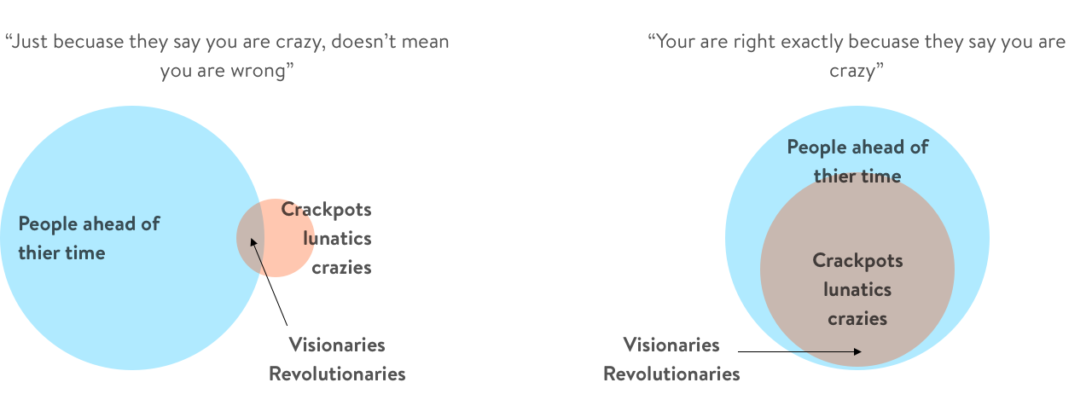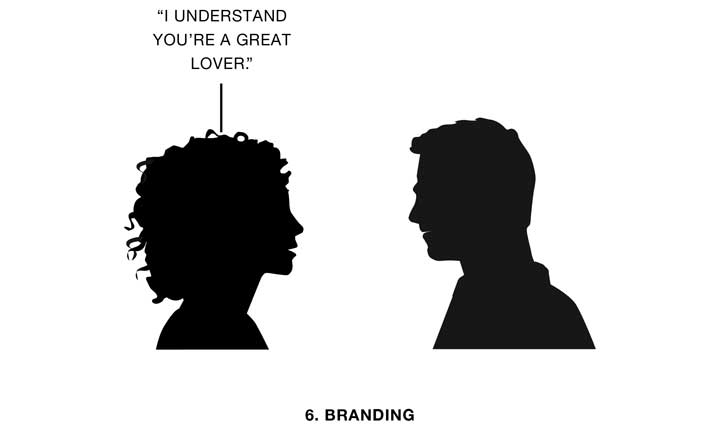TLDR:
Crypto and blockchain could replace paying income tax with earning yield, minimize bureaucracy, fund social spending and tame inflation permanently. Here is a thought experiment on how.
Just a quick and rough thought experiment (so forgive the crudeness)
Let’s say a country, call it Souvlakia, adopts an open source crypto currency (not a CBDC) as legal tender. Let’s call that currency MoneyCoin. Because the economy runs on the MoneyCoin blockchain the government can express its tax code not through documents with byzantine layers of value destroying priesthoods, but through self-executing smart contracts.
This means everyone is taxed fairly, and automatically. This automation eliminates the need for for a tax collection bureaucracies, accountants, bookkeeping software, annual tax filings, receipt management, audits, loophole chasing, tax attorneys, fraud investigators, not to mention law suits, tax evasion, lost revenue, prison sentences, etc… This also means that income tax can be streamed rather than collected in discreet periodic chunks.
Taxation just happens and is no longer directly experienced by tax payers. It has receded into the background. It would be like moving from a manual to an automatic transmission.
Now with this established, let’s extend it to the implications for monetary and fiscal policy.
Monetary policy is no longer about printing and taxing, but about minting and burning. And instead of monetary policy manifesting through layers of banking interests, it get executed directly in the real economy. Furthermore it can be rebalanced in real time based on market signals… which are collected in realtime from MoneyCoin flows. No more proxies.
Fiscal policy becomes based on government just-in-time mints (JitMints) required in that moment, and then burns (JitBurns) to control the resulting inflation as needed.
So for example government mints coin to pay for an infrastructure project. The result is instant Inflation for public goods. This is felt by everyone, immediately, producing organic pressure to limit the mint and burn quickly in alignment with the value produced by the infrastructure. And then that inflation subsides as soon as the project wraps. This aligns costs and benefits of public expenditures and tightens feedback loops between causes and effects (both positive and negative).
In terms of micro-economics for citizens, just holding MoneyCoin earns a yield for helping to stabilize and secure the system. So instead of paying taxes, you get paid for holding currency. This provides an extra check on inflation as yield removes MoneyCoin from circulation without burning, and benefits citizens directly.
Just some random thinking.








